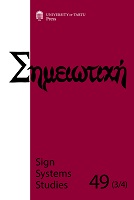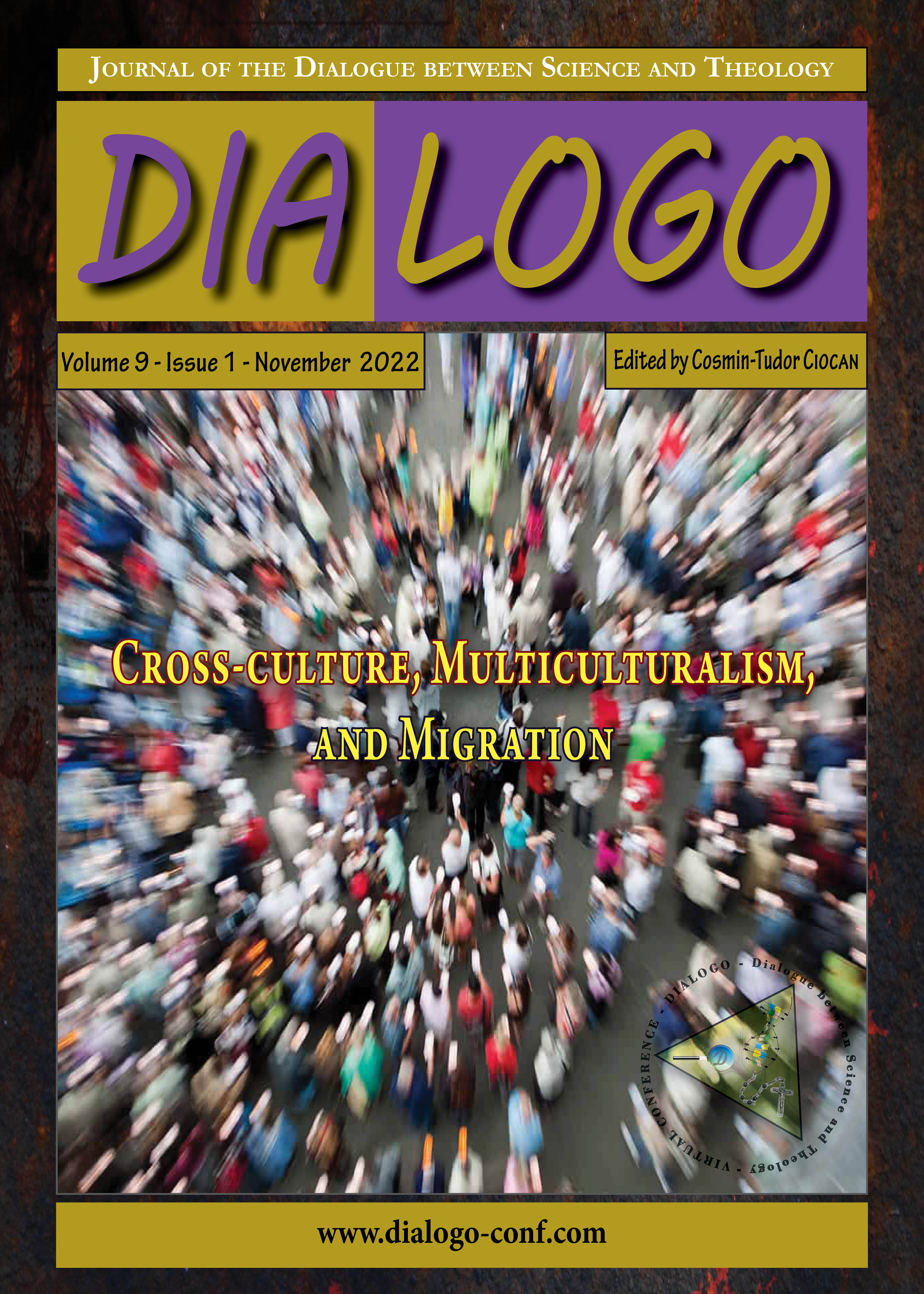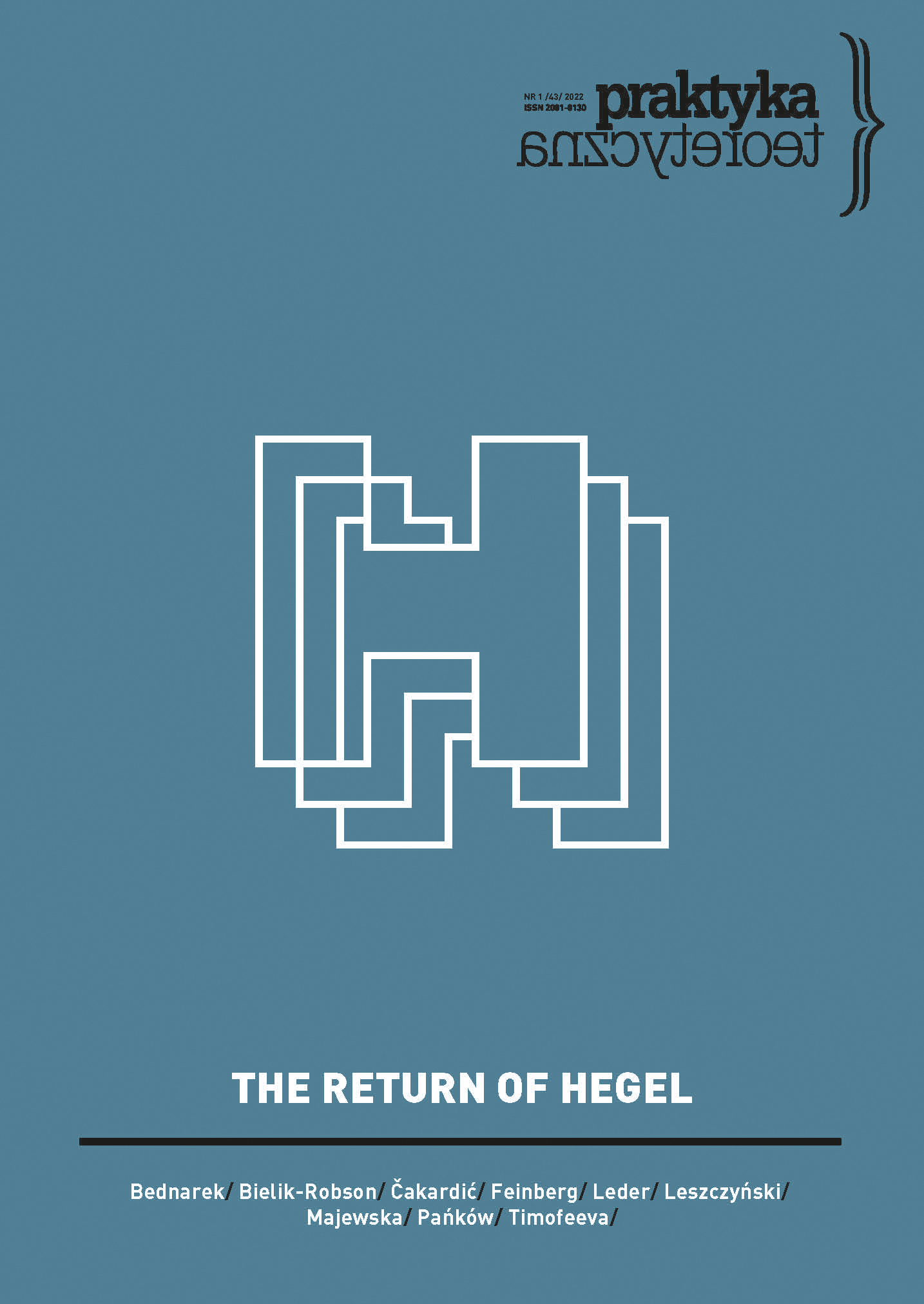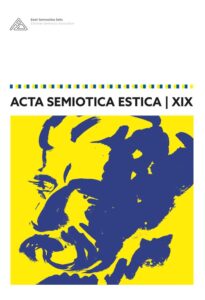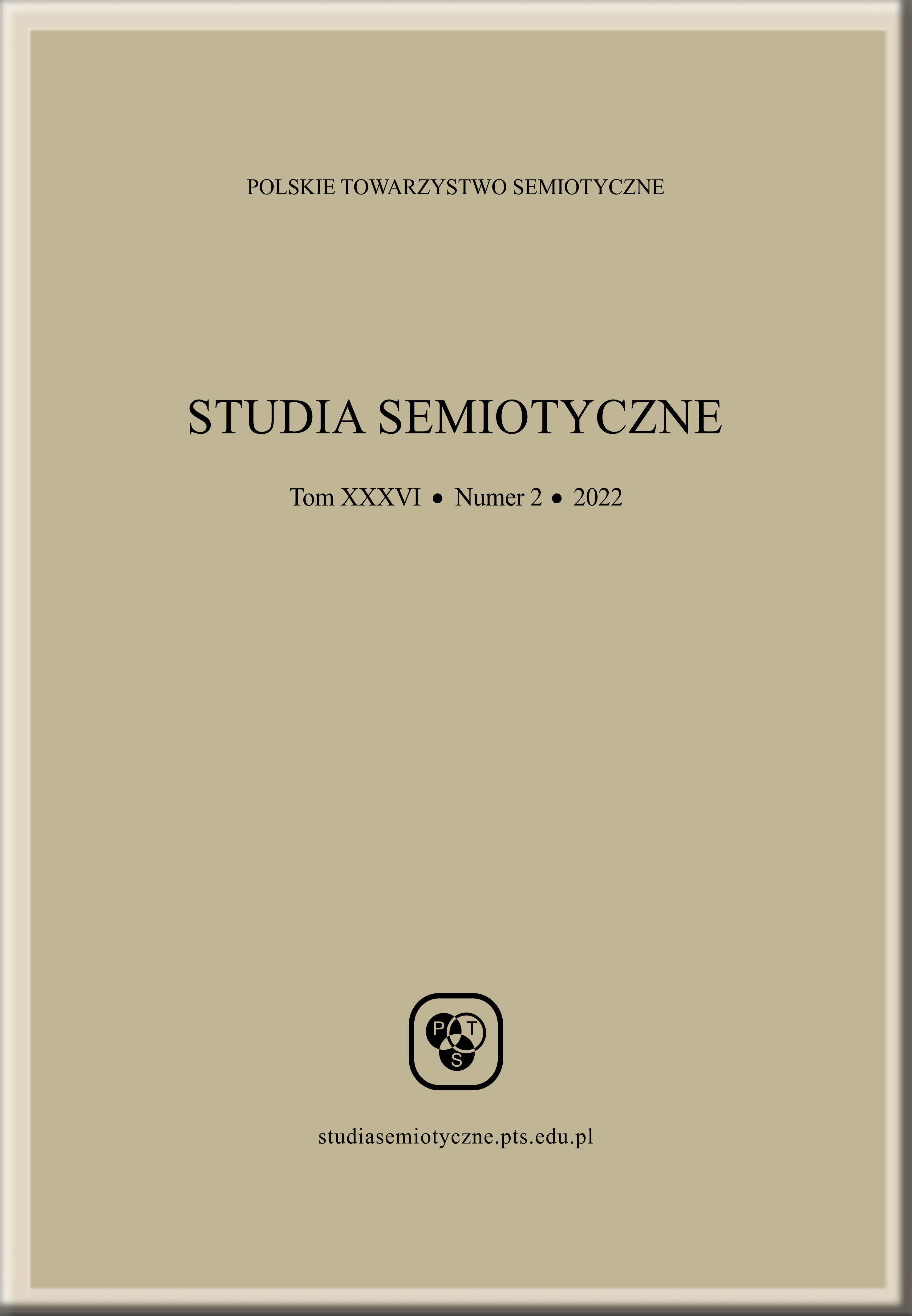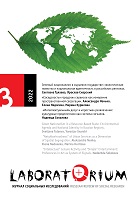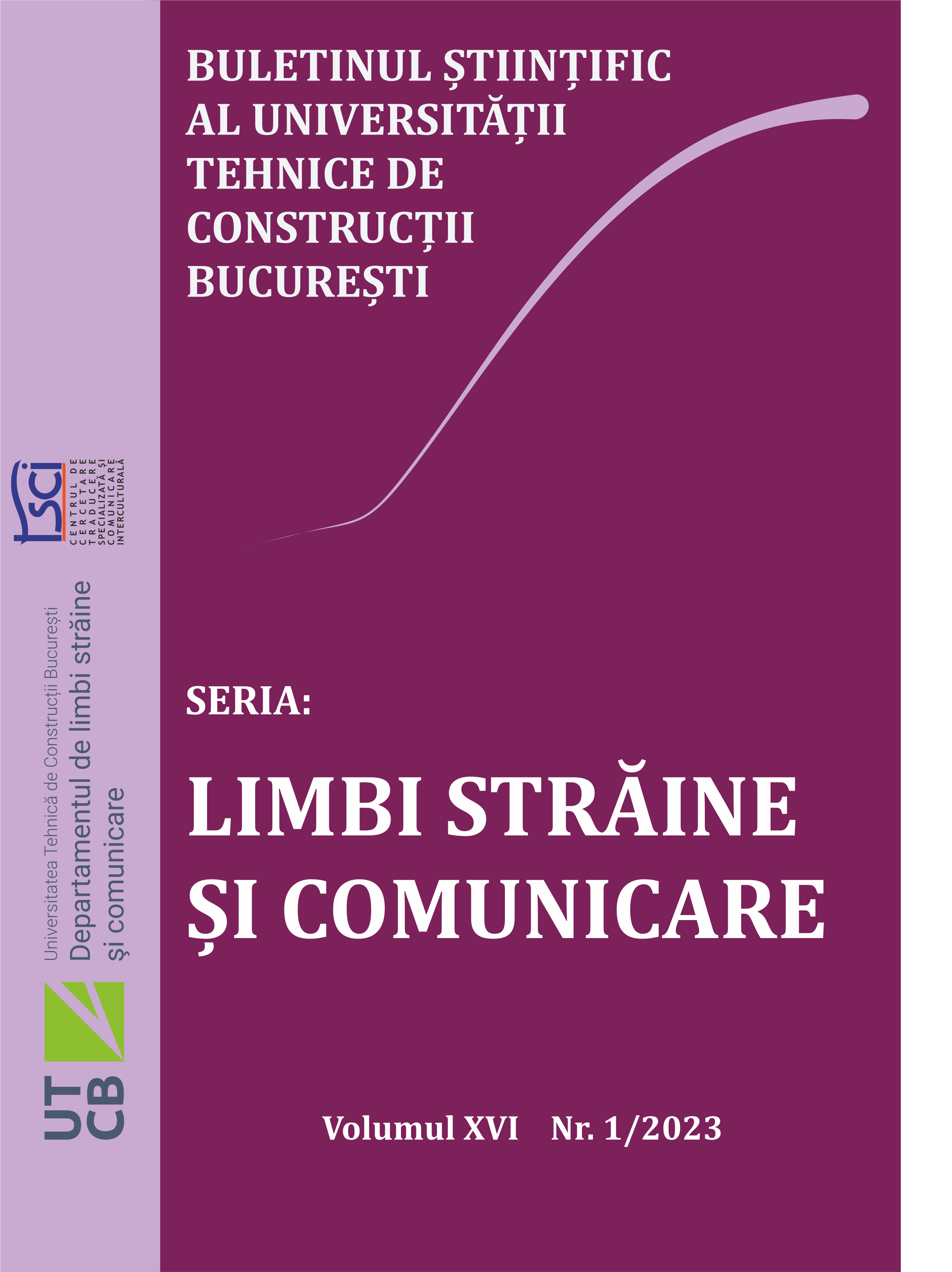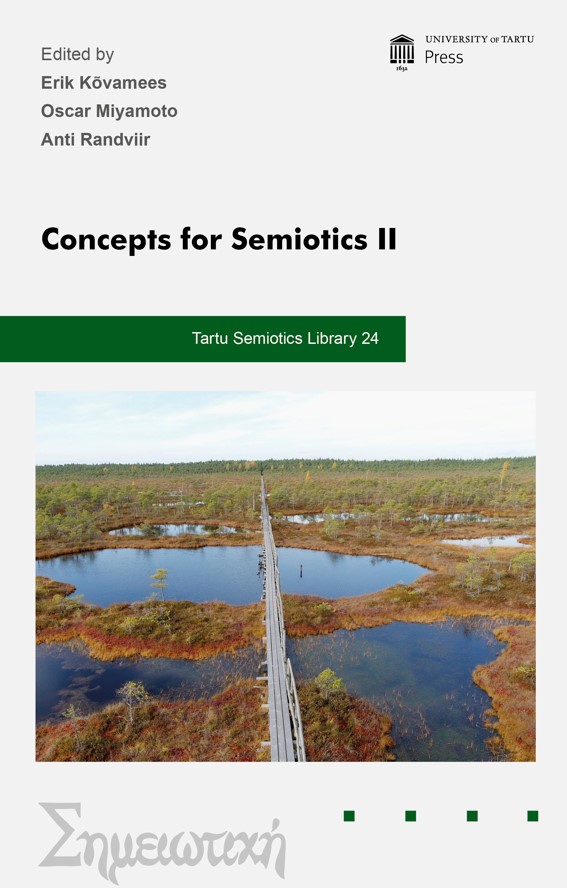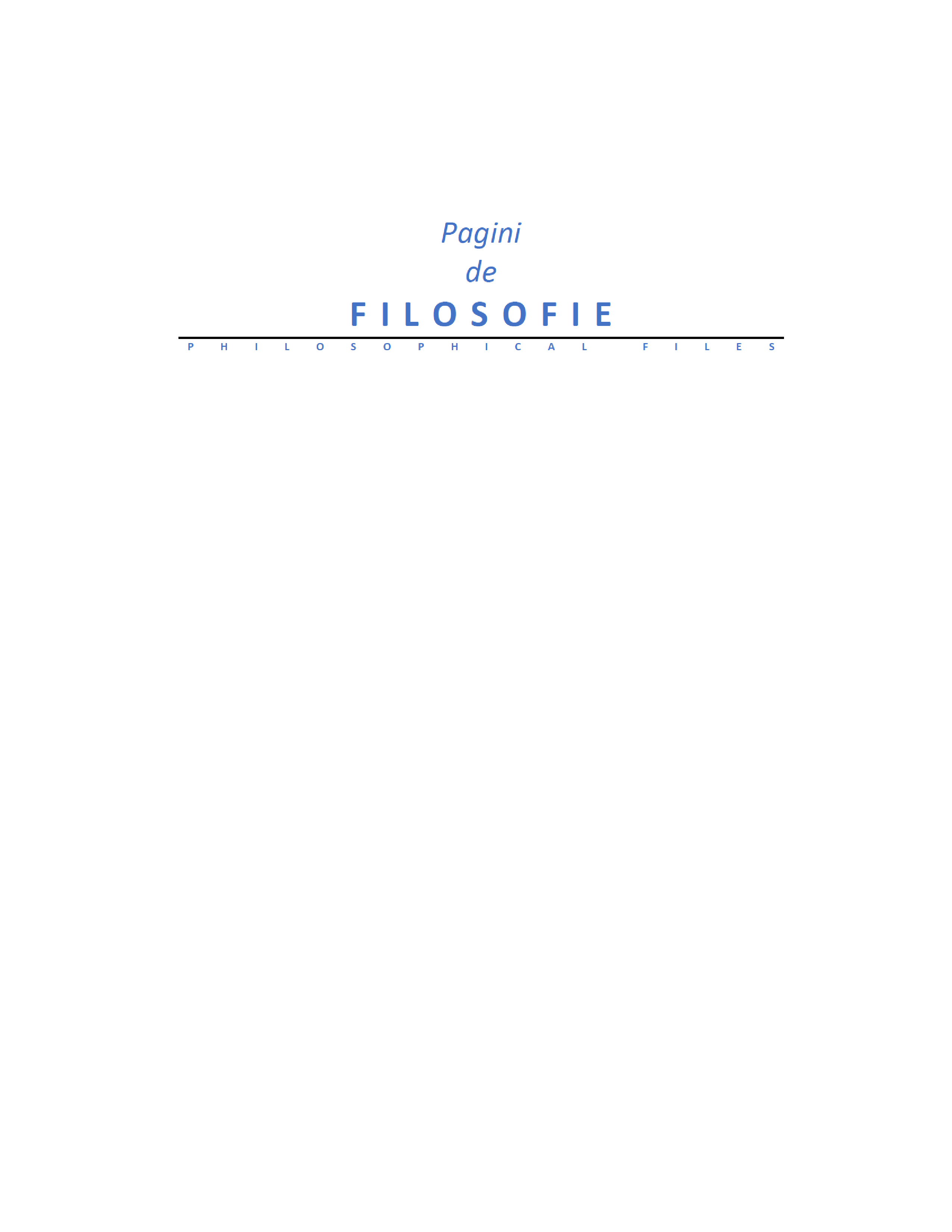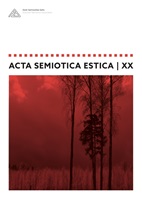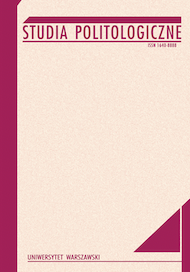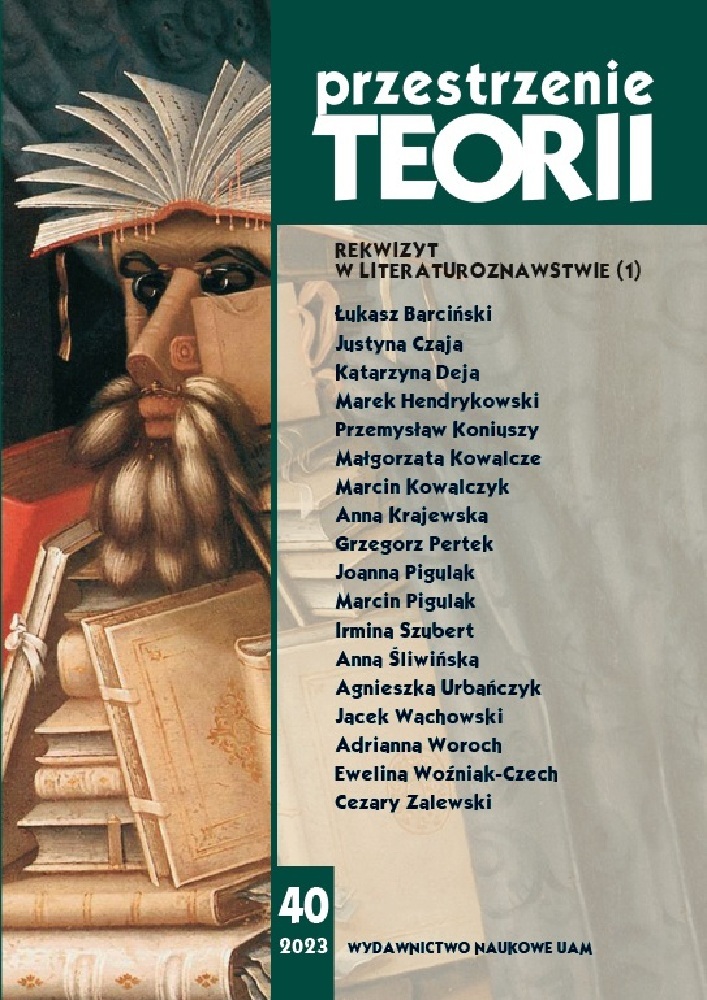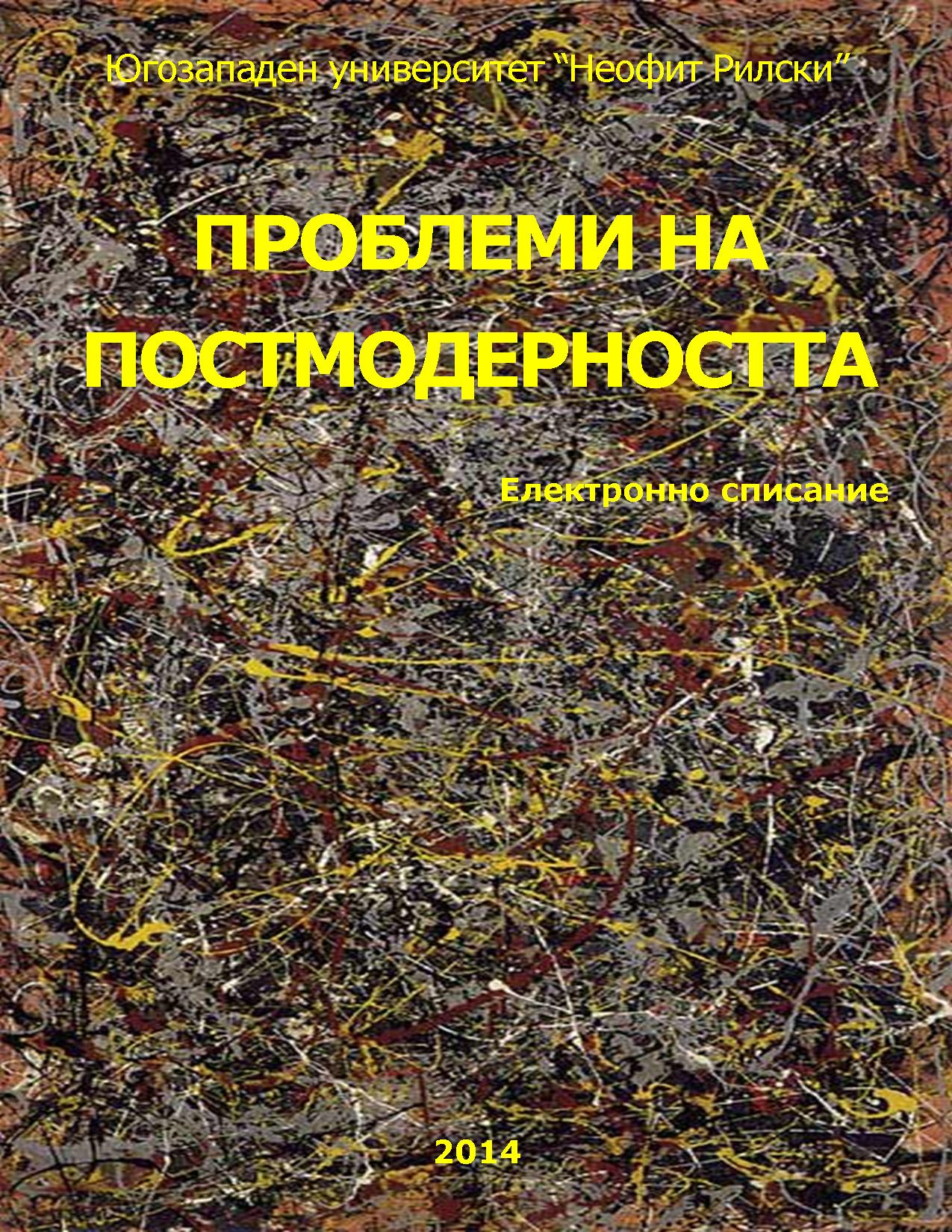
Защо огледалният образ е знак
In an article by Umberto Eco, published in 1984, the author develops the theses that the mirror is not a sign, and he supports it by seven arguments.With all due respect to the above mentioned author, in the present text I would like to argue that the mirror is a real sign, on one hand, and on the other - to remind shortly how the mirror is interpreted in art.First argument - the mirror is not a sign, as it "stands" for the object it represents, it is standing in front of him. Against the First argument - there are a lot of situations when the content, or more precisely - the referent exists together and at the same moment with the sign. There are even cases when the signs are heavily dependent on their referents and "co-existing" becomes a key word.Second argument - the mirror reflection is caused by the object. Against this - a lot of indicative signs, for ex. the knocking on the door, caused by hand, are in casuistic dependence.Third argument - the mirror reflection is not independent on the "channel" (the mirror, the material it is made of). During the ages, mirrors have been made by different materials, of course. The fact that the reflection will not be the same in different mirrors is valid for many other signs. The Christ`s image on Santa Veronika`s cloth is such a mirror image.Forth argument - it is not possible the mirror to be used for cheating. Of course - this is not true - we can just think of the deformed mirrors, which deform the reflection. Similarly, photos also "lie".Fifth argument - the mirror reflection does not create copies of itself. Yes, mirrors do not meet this criteria, but most paintings also exist in only one copy. This is true for most of the "short-living" signs.Sixth argument - the mirror reflection presupposes the meaning. A lot of other signs also do not presuppose the meaning, such as the pronoun "I". When an author uses the "I" pronoun it is not its "duty" to open the character of the person.Seventh - it is impossible to interpret the mirror image. Shortly - this is not true, - interpretation of the mirror image is what the dentist is doing while working on the tooth, or the woman, placing lipstick on her lips.
More...
